Feeling the pressure of planning an event in 2025? You’re not alone! The sheer scope of event planning can feel incredibly daunting, whether you are planning a wedding, an important corporate conference, or an intimate birthday celebration. Let’s be honest: event planning can be stressful. Recent studies show that event planners experience stress levels comparable to air traffic controllers!
But what if you could transform the event planning process from a source of anxiety into a rewarding and enjoyable experience? This comprehensive guide will equip you with the knowledge, tools, and strategies needed to master the art of stress-free event planning in 2025. Are you ready to get started? See you there.
Defining Your Event Vision: The Foundation of Success

Before you get into the practical steps of event planning, it’s crucial to establish a clear vision for your event.
Vision refers to a clear idea or mental picture of what you want to achieve or create for your event. So, you know how you sometimes imagine what you want for your birthday or what you would want the party to be like. You start imagining things like a big cake with your favorite ice cream, a big stage outside with a pretty view, a diverse lineup of local and international musicians, or yummy food and cool.
This is the stage where everything is defined. You want to ask yourself:
- What are your goals?
- What message do you want to convey?
- What kind of experience do you want to create for your guests?
- How do you intend to achieve this?
Answering these questions will serve as a guide throughout the planning process and make sure you are right on track from the early stage.
Identifying Your Event Goals

The goal refers to the desired outcome or result of a project, in our case, our event. Are you aiming to raise funds for a charity, celebrate a milestone, or simply create a fun and engaging experience for your guests? These are goals. And while it is important to set these goals right from the beginning, you want to ensure they aren’t just goals but SMART ones. Remember, SMART goals are Specific, Measurable, Attainable, Relevant, and Time-bound.
Specific
“Specific” means clearly defining what you want to achieve. This answers the questions “what”, “why”, “who” and “how”. Ask yourself:
- What do I want to achieve?
- Why is this a goal in the first place?
- Who is involved or responsible?
- How will I achieve this goal?
Measurable
A SMART goal is Measurable. “Measurable” means quantifying your goal so you can have your progress tracked. This goes on to answer the questions “how much”, “how many”, or “by how much”.
Ask yourself:
- How many/ how much do I aim to achieve?
- How will I measure progress?
- What metrics or benchmarks will I use?
- How will I know when I’ve achieved my goals?
Asking these questions helps ensure that your goal is quantifiable, trackable, and evaluable.
Attainable
SMART goals are Attainable. “Attainable” means setting a goal that is challenging yet realistic and achievable. You want to ask yourself:
- Do I have the necessary money or resources?
- Is the goal challenging yet realistic?
- What obstacles might I face, and how can I overcome them?
- Is the goal aligned with my priorities and values?
Find all these overwhelming? We can help. By making your goals attainable, you’ll set yourself up for success and avoid unrealistic expectations.
Relevant
Imagine you’re planning a birthday for your sister who loves music. An irrelevant goal might be inviting 1000 guests to the party. This goal isn’t relevant because the party is for your sister’s birthday, and not a huge African concert, and she might feel overwhelmed with too many guests in attendance, thereby ruining the overall experience for her.
On the flip side, a relevant goal might be to host an intimate music-themed party with 20-30 close friends and family, featuring a live performance by one of her favorite musicians. This way, your sister is happy, you are happy, and everyone is happy.
SMART goals are Relevant. They align with your or other people’s values, needs, and priorities, ensuring that the goal is worth achieving and making that impact.
Time-Bound
This has to do with having a clear time frame or deadline. This helps to create a sense of urgency and focus. You want to ask yourself:
- What time is too early or too late to achieve this goal?
- What is the timeline for completing each step or task?
- Are there any milestones along the way?
- How will I measure progress and stay on track?
Asking these questions helps ensure that your goal is focused, prioritized, and achievable within a specific time frame.
Defining Your Target Audience
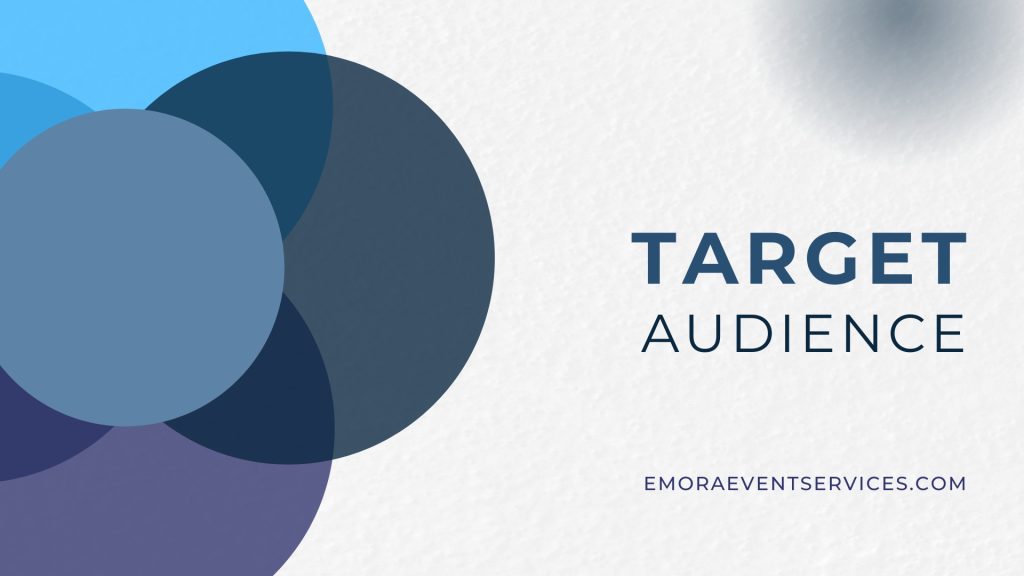
A target audience refers to the specific group of people that you want to reach, engage, or serve with your event or message. They are the individuals who are most likely to benefit from, interested in, or influenced by your offerings.
Ask yourself:
- What are their pain points and challenges in attending events like yours?
- What are their goals, values, and motivations for attending your event?
- What is their age, occupation, industry, company size, etc?
- How do they currently behave, and what are their habits when attending events?
- How do they love to be talked to or addressed?
Asking these questions and understanding your target audience will help you tailor your event’s theme, style, and activities to their preferences.
Establishing a Theme or Style
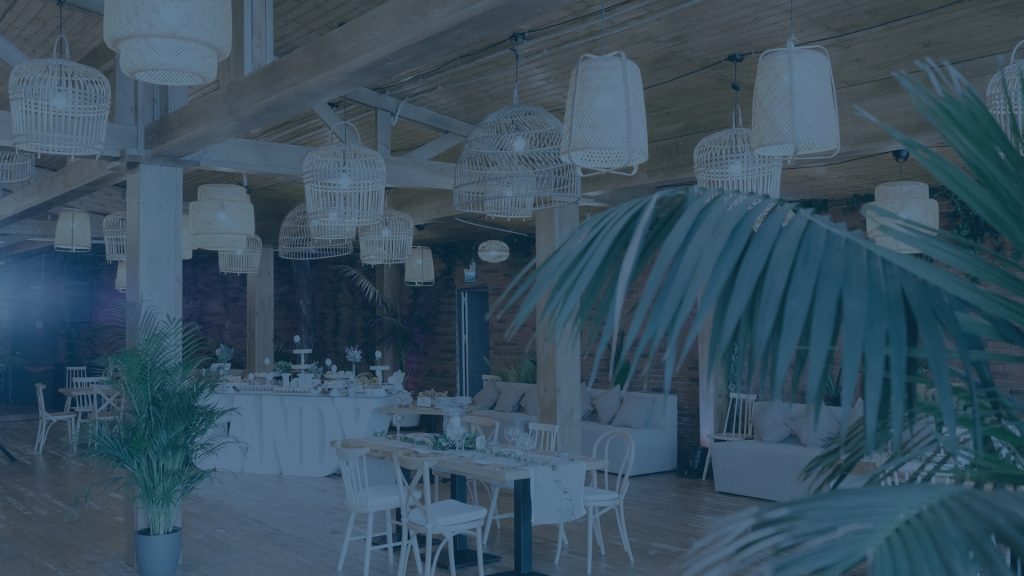
You’ve clearly outlined your event’s vision, goals, and target audience. Now it’s time to choose a theme or style that reflects what you’ve documented or gathered so far.
A theme or style refers to the overall aesthetic, tone, and atmosphere of an event. This includes the decorations, lighting, music, food and drinks, activities, and every other surface element you could think of.
Take a look at this picture of an event we organized.
What do you notice?
By balancing surface elements with deeper meanings and purpose, you’re on the track to create a rich, engaging, and memorable event experience.
Creating a Mood Board

A mood board is a visual tool used to convey the aesthetic, atmosphere, and emotional tone of a project, event, or brand. They help to clarify the visual directions, communicate ideas and inspirations, and create a shared understanding of the project goals.
Creating a mood board includes gathering images, colors, and textures that capture the overall aesthetic you’re aiming for.
Proven Tips for Creating a Perfect Mood Board
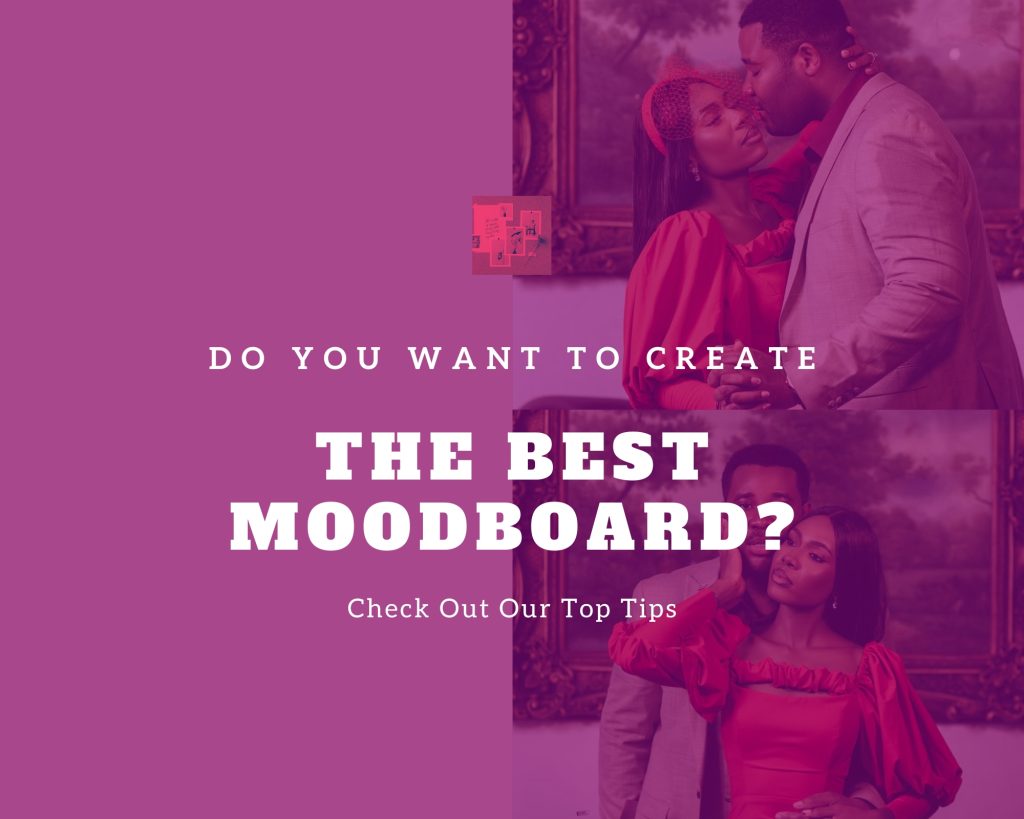
Here are 7 proven tips for creating a perfect mood board:
- Start with a theme.
- Gather images and pictures that fit your theme. You can always get them online.
- Choose colors you love. This should match your theme and make you feel good.
- Add textures and patterns.
- Use words and quotes that inspire you and fit the theme.
- Make it pop. Your mood board should stand out and grab attention.
- Evaluate and iterate. Try different layouts or arrangements and see what looks cool to you.
By following these simple processes, you are on your way to creating a visual representation that helps you communicate your ideas and guide your planning decisions.
Writing a Mission Statement

Let’s say we are organizing a wedding party for a male colleague at our workplace. Let’s call him Emmy and his fiancee, Nancy. A mission statement could go thus:
“At Emmy and Nancy’s Wedding, our mission is to create an unforgettable celebration of love and commitment, surprising and delighting our guests with amazing cuisine, incredible service, and a magical atmosphere every guest will treasure. We strive to make every moment of this special day truly unforgettable, honoring the union of our Beloved Emmy and Nancy with joy, laughter, and love.”
You will notice that this mission statement above:
- Defines the purpose of the wedding event.
- Identifies our key goal, which is exceeding guest expectations by creating an unforgettable experience.
- Reflects our core values – exceptional service, exquisite cuisine, and unmatchable ambiance.
- Considers our client and our target audience.
- It is concise, inspiring, and fun.
Pro tip – Always craft a mission statement that articulates the purpose and goals of your event, and serve as a constant reminder of what you’re trying to achieve.
Setting a Realistic Event Budget

One of the biggest sources of stress in event planning is financial uncertainty. Establishing a realistic budget is essential for staying on track and avoiding unpleasant surprises down the road. You want to create a detailed list of every expense you anticipate, contact vendors and venues to get quotes, determine which aspects of your event are most important, and prioritize your spending based on the key information you’ve gathered.
Some important areas you may spend money on include:
- Venue rental or booking.
- Catering and drink services.
- Decorations and floral arrangements.
- Audio-visual equipment and technical support.
- Music and entertainment.
- Photography and videography services.
- Event staffing(bartenders, ushers, servers, etc.)
- Security and crowd control services.
- Parking and transportation services.
- Invitations and print materials.
- Lighting and special effects.
- Stage and set design.
- Gifts and souvenirs(if the need arises)
- Event marketing, promotions, etc.
This may seem like a long list but trust me, a lot of times you find out there are other expenses you may have unintentionally overlooked while creating the budget, a very handy tip is to create a contingency fund(10-15% of the estimated budget) which would help in covering some of these unforeseen expenses.
Choosing the Perfect Date (Strategic Considerations)

You are this close to orchestrating one of the most talked about events in town, but there is one other thing you may have to consider. Dates!
Selecting the right date can significantly contribute to your event’s success. Ask yourself:
- Are there any major holidays, school breaks, or other events that might conflict with your event date?
- What’s the weather like on the proposed date?
- Are there similar events happening on that particular date? If yes, how could this possibly affect mine?
- Does the date work for key stakeholders and attendees?
- Will the proposed date impact your event budget? If yes, to what extent?
- Does the date allow for sufficient planning and preparation?
In a list or note, prepare your answers to these questions, and feel free to reschedule the proposed date if there is any need to.
Selecting a Suitable Venue (Venue Checklist)

At this point, we all know how important selecting the right venue is. Venues set the tone for the entire event. It is important to ask yourself the following questions:
- Is the venue easily accessible and conveniently located?
- Can the venue accommodate the expected number of guests?
- Does the venue offer basic solutions, services, or amenities?
- Do the venue’s aesthetics align with your event’s theme and style?
- What is the total cost of rent? How expensive is it?
- Is the venue situated in a safe and secure area?
- What are people saying about the venue? Does the venue have a good reputation?
If you have positive answers to all 7 questions, chances are you’ve found the perfect venue for your event. If not, you just have to keep looking and searching for that one venue that meet your needs and criterias.
Sourcing Top-Notch Vendors (Vendor Selection Strategy)

You may be a great taskmaster, but with the wrong vendors, you may turn out to be the worst event planner ever, and I don’t mean to say this in any condescending manner. Your vendors are your partners in creating a successful event. While choosing vendors, you want to make sure you have answers to the following questions:
- What experience do they have with events similar to yours?
- Can they provide references to reviews from past clients?
- What services do they render and what’s included in their packages?
- How will they ensure timely delivery and setup for your event?
- What’s their policy on cancellations, refunds, and changes?
- If emergencies or issues arise, how do they intend to cope?
- How will they communicate with you throughout the planning process?
Taking the time to research and book reliable professionals who share your vision might be that one thing you need to turn that ordinary gathering into an extraordinary experience for your guests.
Creating a Detailed Guest List and Establishing a Clear Communication Plan
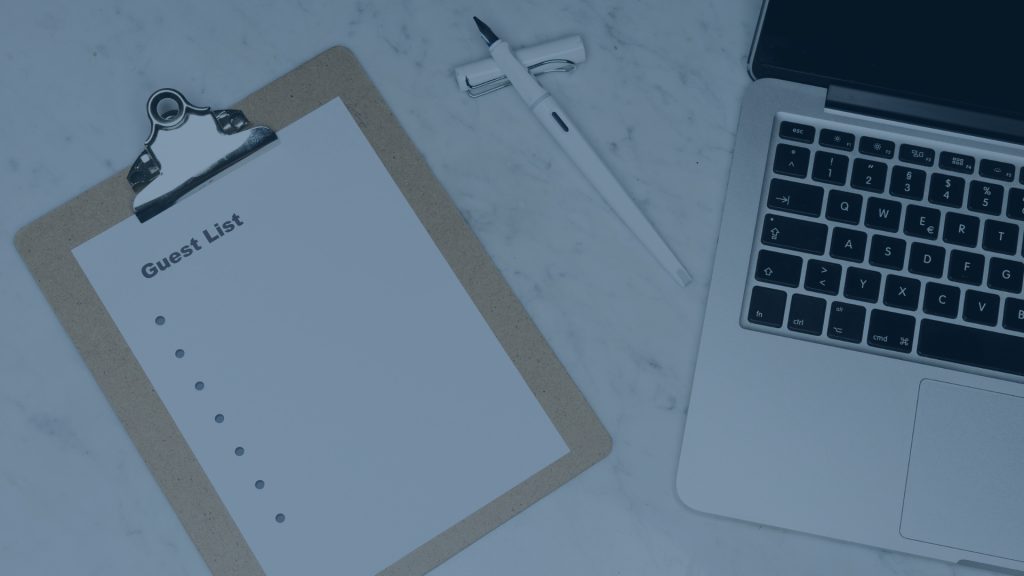
I know you are very excited to have come this far. You have learned a lot already, and you can’t wait to own your next event. But wait, have you ever at any point thought about creating a detailed guest list and establishing a clear communication plan? Ask yourself the following questions:
- Who are our must-invite guests, and how do we contact them?
- What’s the maximum number of guests you can comfortably accommodate?
- How will I collect and manage guest information and special requests?
- What communication channels will be established to invite guests, share updates, and provide event details?
- How will I ensure that all guests receive timely and accurate event information?
Asking these questions is crucial for a successful event as it ensures accuracy, effective communications, and personalized experiences, ultimately reducing stress and leading to a memorable.
Conclusion

Planning a stress-free event in 2025 is an achievable goal with the right knowledge, tools, and strategies. By defining your event vision, setting a realistic budget, choosing the right date and venue, establishing clear communication plans, and making sure everything is in place, you’ll be well on your way to creating a successful and memorable event.
Anyways, I would love to hear from you. What do you think about this blog post? What would you say is the most stressful part of event planning for you? Which of these strategies would you likely apply to your next event? Let us know in the comments. Until next time. Bye!



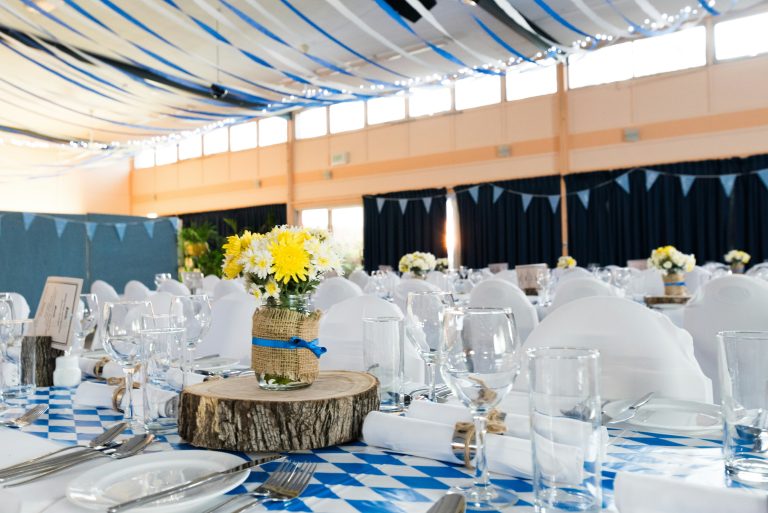




Thank you so much. This was really helpful. I now understand better
Thank you for your comment, Irene. We are glad we could help. By the way, we’d love to see you apply these tips to your next event. Kindly tag us when you do.
Awesome
I just like the helpful information you provide in your articles